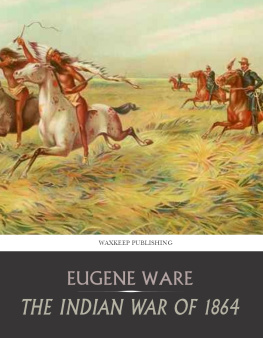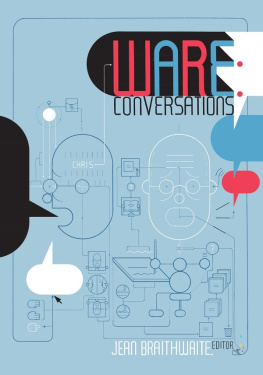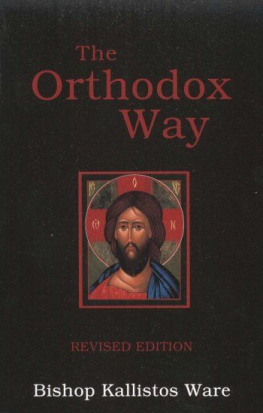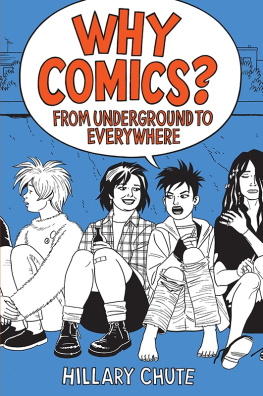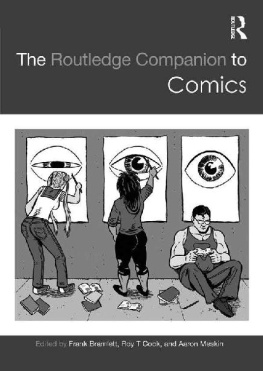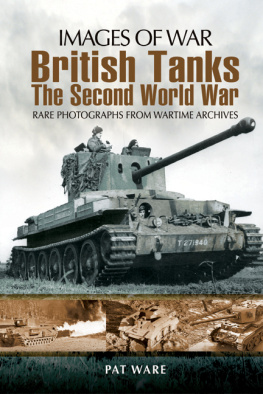The Comics of Chris Ware

The Comics of Chris Ware
Drawing Is a Way of Thinking
Edited by David M. Ball and Martha B. Kuhlman

Publication of this volume was made possible in part through grants provided by Dickinson College and Bryant University. The editors would also like to thank Meredith Milnes, Ellie Cutler, Shannon Kobran, and Tristan Deveney for their help and hard work and special thanks to Alec Thibodeau, for keeping us covered.
All images and artwork, unless otherwise noted, are copyright 2009 Chris Ware. The editors of this collection would like to thank Chris Ware for generous permission to reproduce his comics throughout this volume.
Frontis: Portrait of Chris Ware by Ivan Brunetti. 2010 Ivan Brunetti.
www.upress.state.ms.us
The University Press of Mississippi is a member of the Association of American University Presses.
Copyright 2010 by University Press of Mississippi
All rights reserved
Manufactured in the United States of America
First printing 2010
Library of Congress Cataloging-in-Publication Data
The comics of Chris Ware : drawing is a way of thinking / edited by David M. Ball and Martha B. Kuhlman.
p. cm.
Includes bibliographical references and index.
ISBN 978-1-60473-442-3 (alk. paper) ISBN 978-1-60473-443-0 (pbk. : alk. paper) 1. Ware, Chris, 1967Criticism and interpretation. I. Ball, David M., 1976 II. Kuhlman, Martha B.
PN6727.W285Z63 2010
British Library Cataloging-in-Publication Data available
For Cara
For Nicholas
Contents
Martha B. Kuhlman and David M. Ball
Jeet Heer
Jacob Brogan
Marc Singer
David M. Ball
Katherine Roeder
Martha B. Kuhlman
Isaac Cates
Daniel Worden
Matt Godbey
Joanna Davis-McElligatt
Shawn Gilmore
Benjamin Widiss
Georgiana Banita
Margaret Fink Berman
Peter R. Sattler
Introduction: Chris Ware and the Cult of Difficulty
MARTHA B. KUHLMAN AND DAVID M. BALL
Reading Chris Wares comics for the first time can be a disorienting experience. Why does the hardcover edition of Jimmy Corrigan: The Smartest Kid on Earth have such an enigmatic and ornate dust jacket? Where exactly are the authors name and the title of the work, and what is the purpose of the covers intricate diagrams and cutout instructions? The curious few who unfold the cover are rewarded with a map that is comprised of panels of varying sizes and orientations with abrupt shifts in scale, offering a world-historic vision of multiple generations and transatlantic connections between Irish immigration and the Middle Passage (see ). Arrayed on the page with a dizzying visual intensity, these tiny scenarios are punctuated cryptically by conjunctions and phrases such as Thus, But, And So and traversed by a network of arrows and lines (dashed or solid) that operates according to an initially inscrutable logic. If this seems too daunting, turning to the endpapers reveals General Instructions, followed by an Introduction and five sections that culminate in an exam, all rendered in painfully tiny type that requires preternatural vision or bringing the book so close to your face that it almost touches your nose.
As the cover warns us, what we have here is definitely a bold experiment in reader tolerance, and many will not have the time, interest, or patience for it. Put simply, this volume is not for them. But for those readers who, fascinated and challenged by the worlds that Ware has constructed, seek to gain new points of entry into his comics, this collection offers a range of multidisciplinary perspectives that we hope will inspire lively discussions and open previously unexplored avenues for research. This volume offers the first such sustained critical analysis of Chris Wares already prodigious body of work, yielding a varied, provocative collection of essays that spans multiple approaches and orientationsfrom literary theory to urban studies, disability studies to art history, critical race theory to comics historyin order to better understand and illuminate Wares graphic narratives.
In his 2004 cover story for the New York Times Magazine, Not Funnies, Charles McGrath predicts that comics are the next new literary form and praises Jimmy Corrigan as easily the most beautiful and most complicated of all the new graphic novels. In the field of literary studies, Wares work has already made a powerful claim for scholarly consideration and inclusion in course syllabi.
Yet literary references alone fail to account fully for the multidisciplinary reach of comics generally and Wares work in particular, which draws significantly from the fields of fine art, architecture, design, and entertainment culture. Among his artistic influences, Ware cites Philip Guston, who championed a representational style late in his career contrary to the fashion of abstract expressionism, much in the same way that Ware resisted Clement Greenbergs aesthetics when he was a student at the Art Institute of Chicago.). Although the individuals in this diverse grouping of creative influences are quite distinct from one another, they all test the limits of their respective disciplinary conventions, unsettling their audiences expectations.
Situating Ware within this multidisciplinary, avant-garde framework foregrounds how his work exposes and manipulates the language of comics in ways that demand a great deal of the reader and test the representational possibilities of the medium. Fortunately for Ware, his interest in drawing comics in the early 1980s coincided with genre-testing experiments by other artists in the field. In 1995, Art Spiegelman described the situation of comics as hav[ing] already shifted from being an icon of illiteracy to becoming one of the last bastions of literacy. If comics have any problem now, its that people dont even have patience to decode comics at this point. [...] I dont know if were the vanguard of another culture or the last blacksmiths.
Fig. 1.1. Ware has a long-standing interest in ragtime music and instruments. Chris Ware, Reginald B. Robinson, and Frank Youngwerth, Lake Street (Amsterdam: Oog and Blik, 1999).
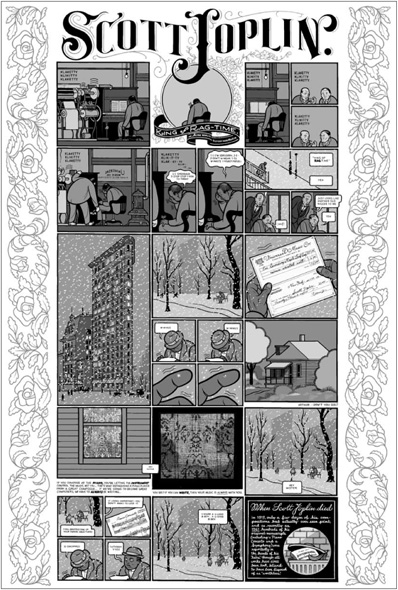
RAW demonstrated that conspicuously difficult comics could be taken seriously and served as a formative introduction into alternative comics for Ware.
Like Spiegelman, Ware also finds inspiration in the visual language of an earlier generation of comics artists from the early twentieth century and has been an instrumental catalyst in reissuing their work.
In a more contemporary vein, Wares comics are frequently discussed and taught in conjunction with a younger generation of artists who are reinventing the medium of comics. While the visual styles of such artists as Seth, Daniel Clowes, Adrian Tomine, Joe Sacco, Marjane Satrapi, and Alison Bechdel, to name a few, are quite distinct, they all employ a degree of formal complexity and share some thematic concerns with Ware.Although Saccos
Next page

